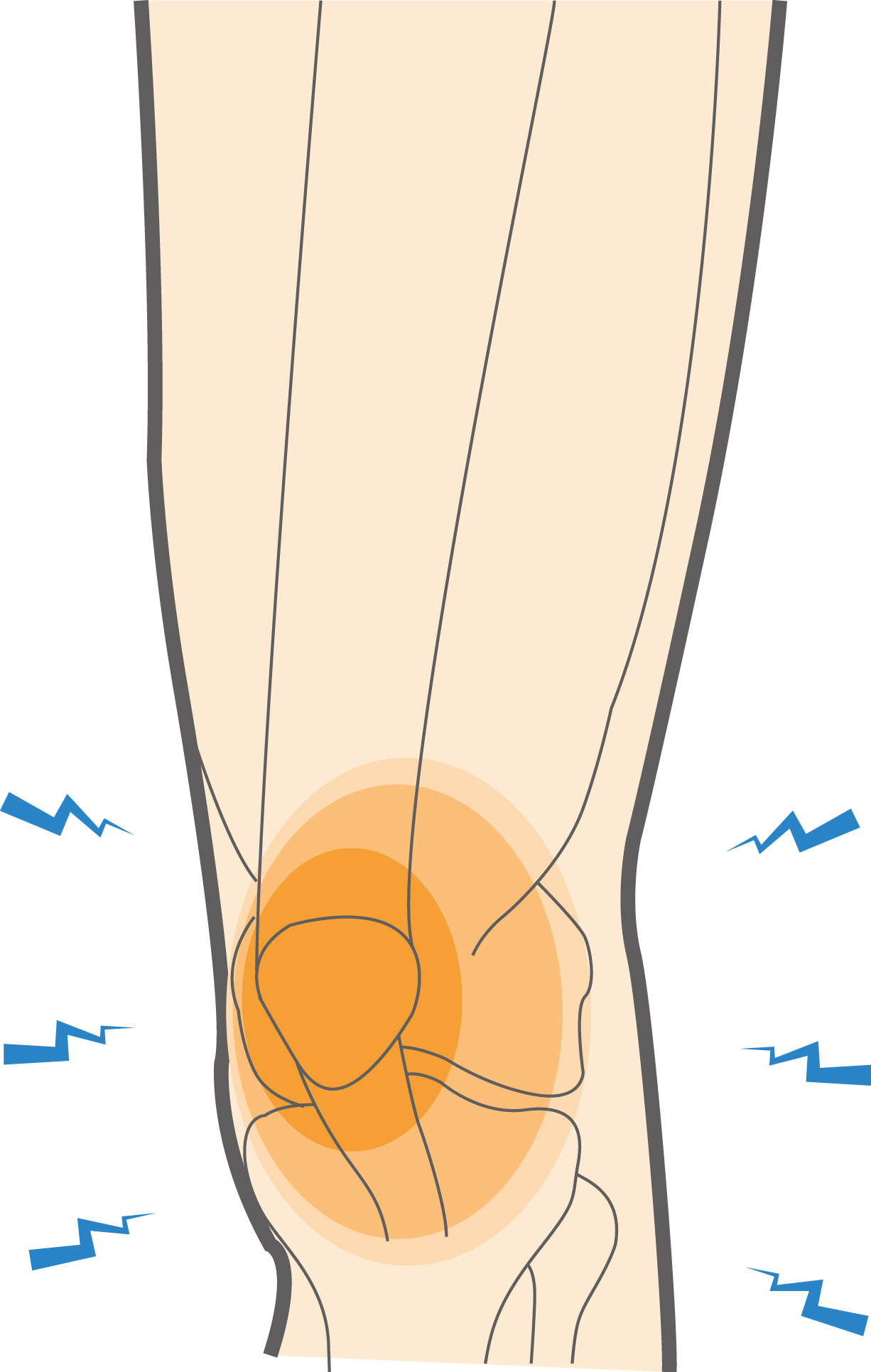Often, the kneecap goes back into place on its own. However, if you have an initial kneecap dislocation episode and your kneecap is out of place, you should be seen in the emergency room, where the doctor gently pushes the kneecap back into place. If you have an episode where your kneecap dislocates completely after initial treatment, you should schedule an appointment to be seen by your doctor.
You may also want to see your orthopedic specialist if conservative treatment does not relieve your feelings that your kneecap is out of place or if you have persistent pain in your knee after a subluxation or dislocation episode.
Your doctor may ask you questions about your activity, perform a thorough physical examination, and conduct an apprehension test, which involves carefully moving the area around your patella as you extend your knee. If your kneecap is partially out of place, you are likely to experience a feeling that your kneecap is about to dislocate while the doctor performs this test. This helps to confirm the diagnosis of patella instability.
Your doctor may ask you questions about your activity, perform a thorough physical examination, and conduct an apprehension test, which involves carefully moving the area around your patella as you extend your knee. If your kneecap is partially out of place, you are likely to experience a feeling that your unstable kneecap is about to dislocate while the doctor performs this test. This helps to confirm the diagnosis of patella tracking disorder.
Try these exercises to help address your condition:
Below is a PDF of the Exercise Program
Patellofemoral Instability


